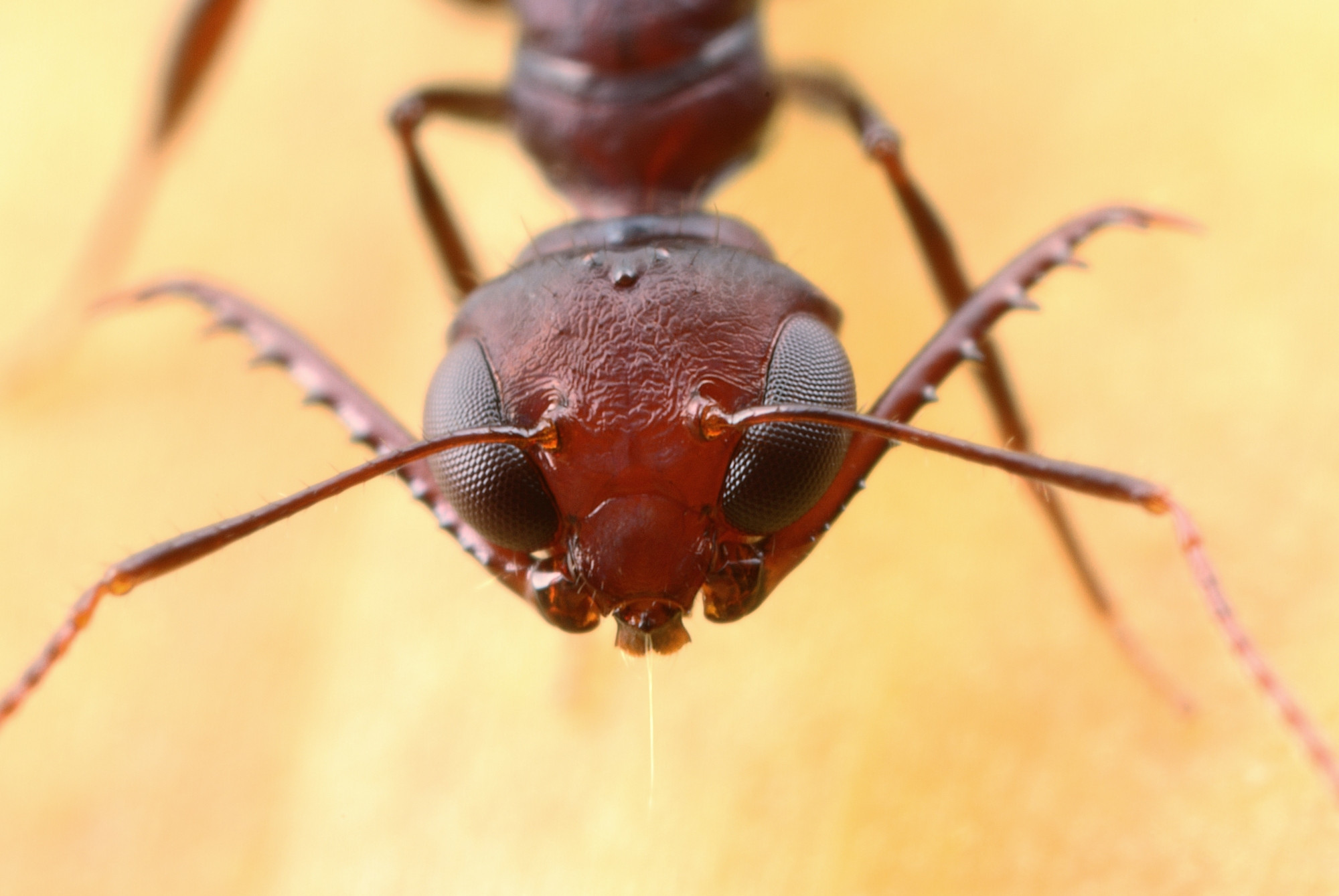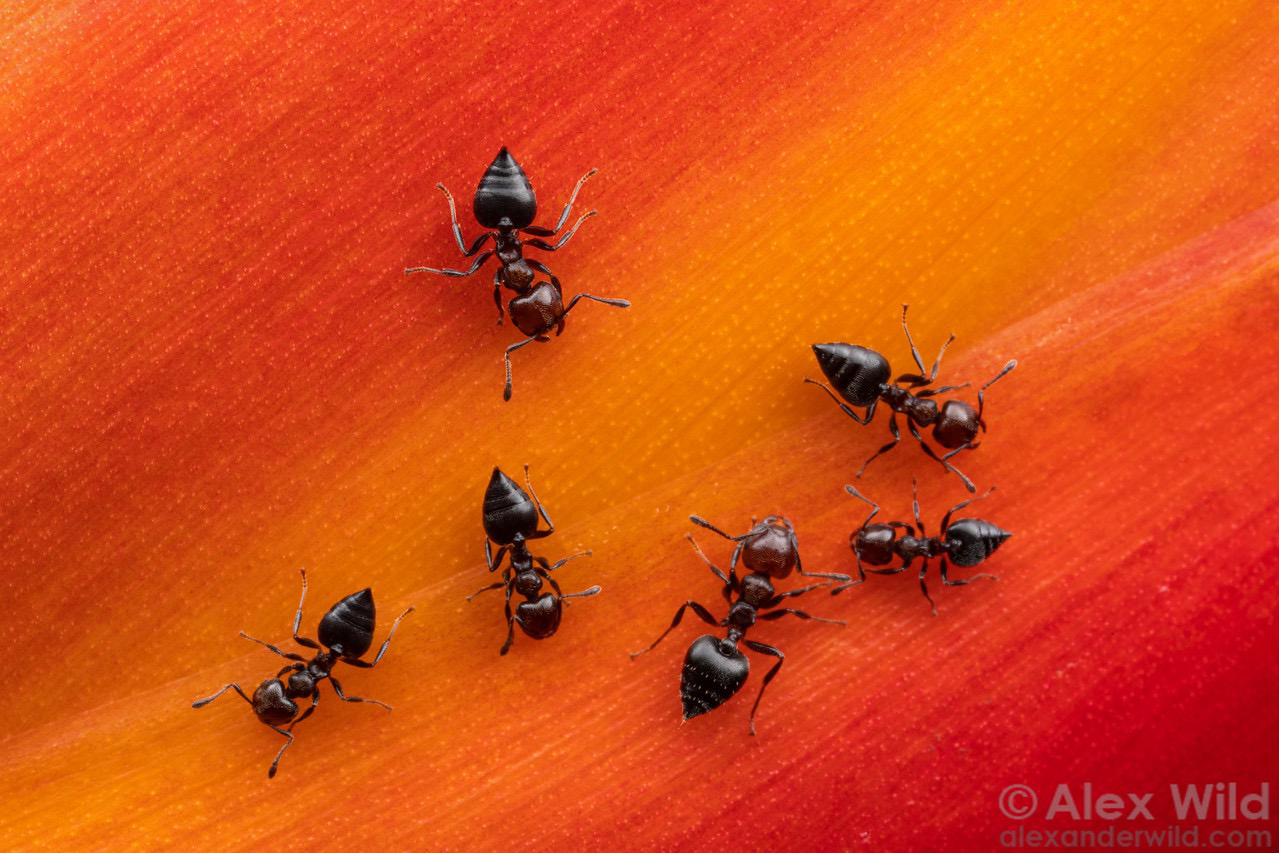Hello, I am Myrmoteras and I will be your disembowler this evening.
Hello, I am Myrmoteras and I will be your disembowler this evening.
Hello, I am Myrmoteras and I will be your disembowler this evening.
A gallery of ant queens from around the world.
https://www.alexanderwild.com/Ants/Natural-History/Queen-Ants
A gallery of ant queens from around the world.
https://www.alexanderwild.com/Ants/Natural-History/Queen-Ants
I went for a walk in the woods and came across many huge anthills. Even though they're topped with grass and moss, they were still active ant homes! Of course I took pictures (well, not of all of them) because I wanted to share them with @theantlady and @futurebird
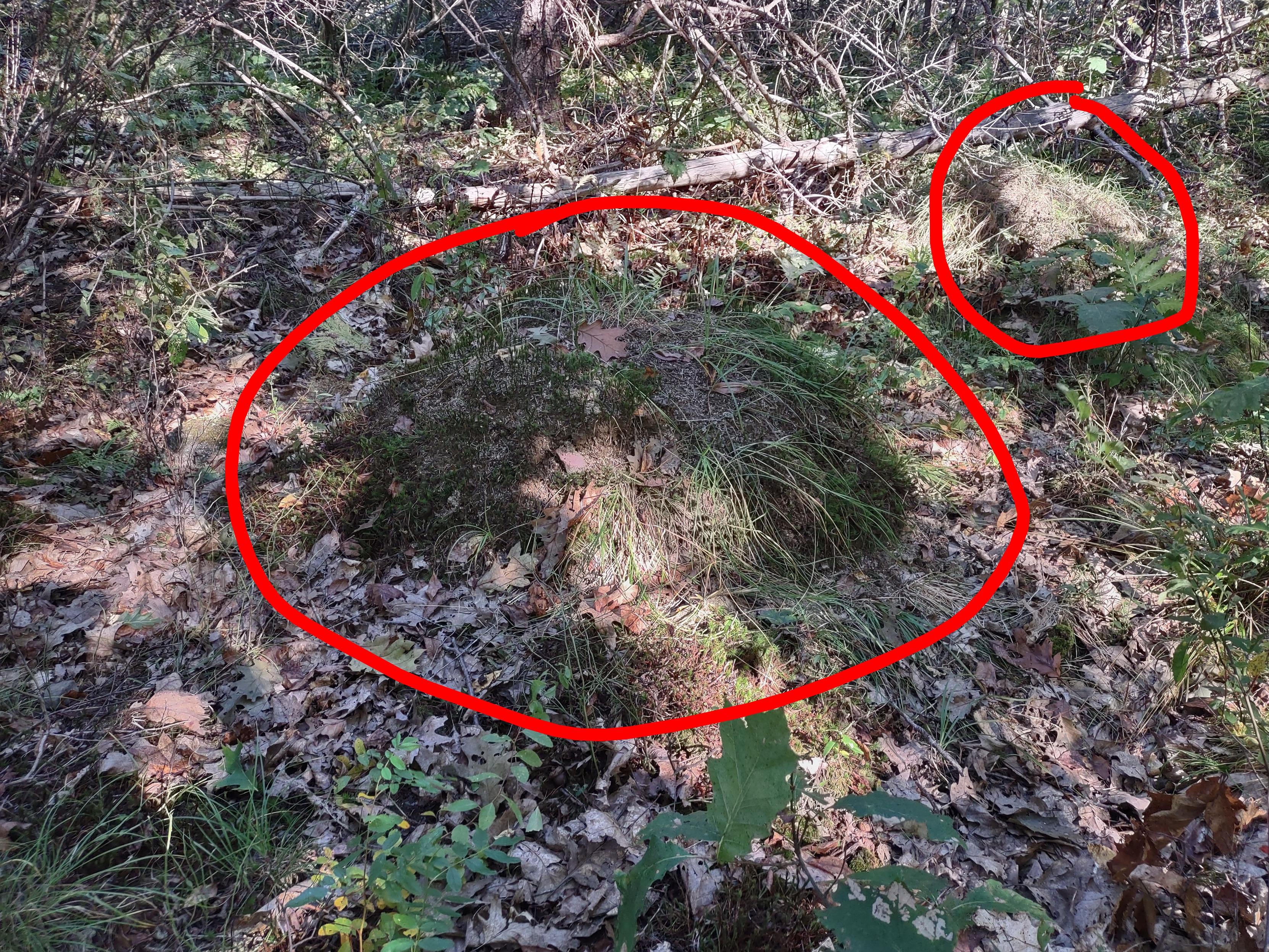
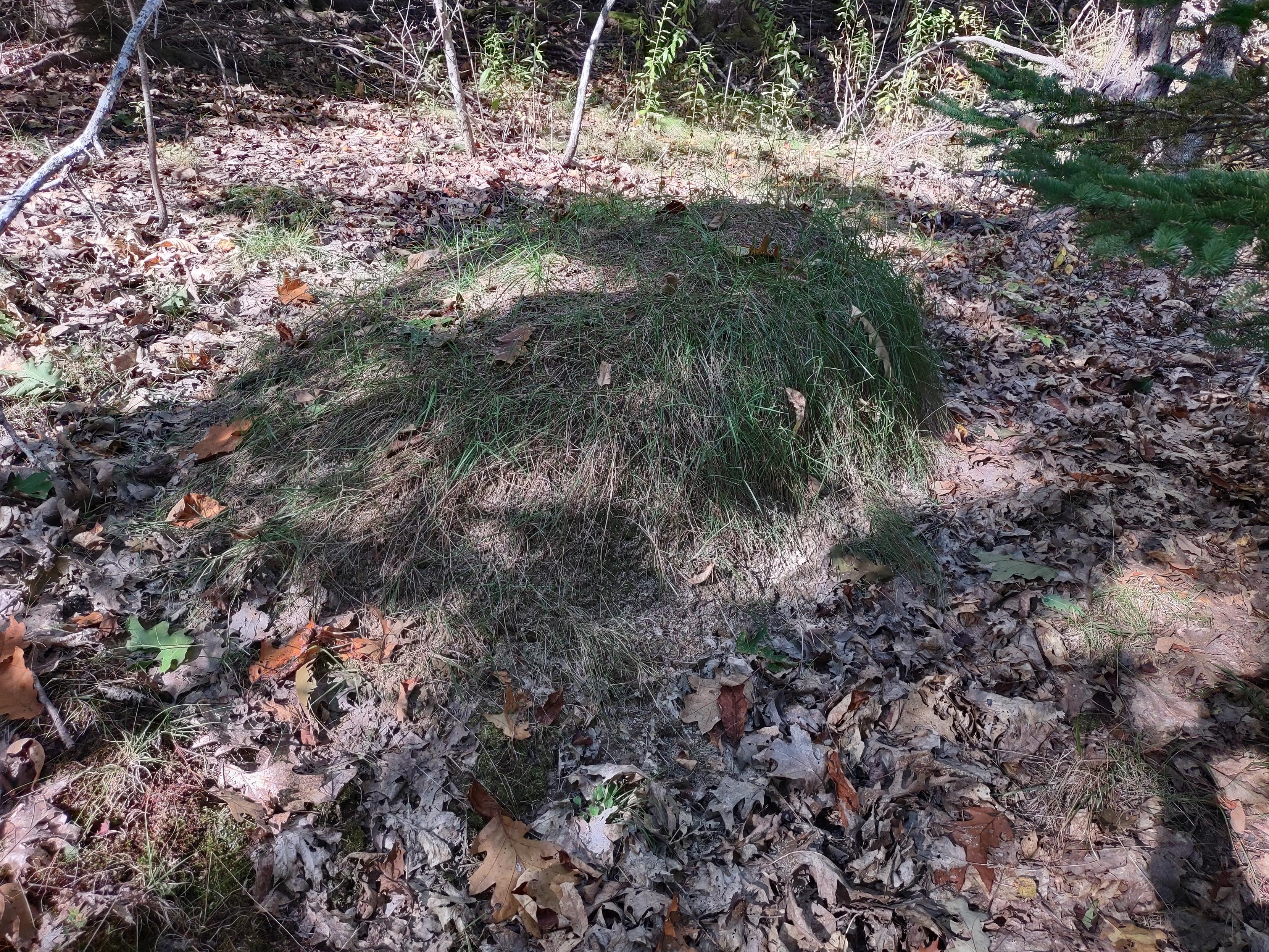
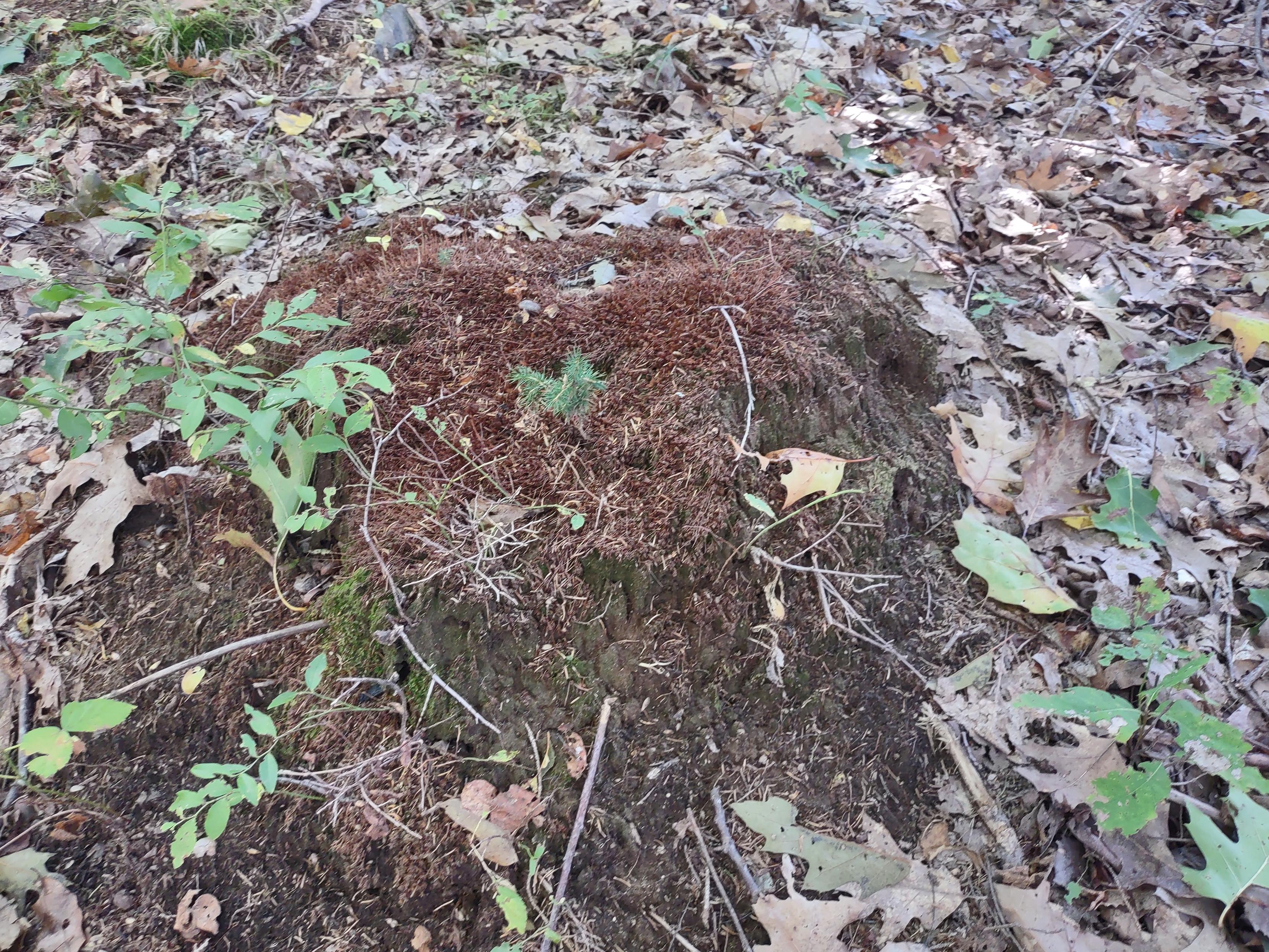
I went for a walk in the woods and came across many huge anthills. Even though they're topped with grass and moss, they were still active ant homes! Of course I took pictures (well, not of all of them) because I wanted to share them with @theantlady and @futurebird



Parasite of the Day: Cynomorium songaricum
https://dailyparasite.blogspot.com/2025/09/cynomorium-songaricum.html paper: https://journals.plos.org/plosone/article?id=10.1371/journal.pone.0319087
"C. songaricum is a root #parasite... And the roots of its host are located about three metres underground beneath the dry desert sand... Each seed has a little fleshy tag on it... as with all things the #ants find tasty, they haul the seeds back to the larder of their nest... three metres underground - placing them right on the same level as the nitre bush's roots"
Parasite of the Day: Cynomorium songaricum
https://dailyparasite.blogspot.com/2025/09/cynomorium-songaricum.html paper: https://journals.plos.org/plosone/article?id=10.1371/journal.pone.0319087
"C. songaricum is a root #parasite... And the roots of its host are located about three metres underground beneath the dry desert sand... Each seed has a little fleshy tag on it... as with all things the #ants find tasty, they haul the seeds back to the larder of their nest... three metres underground - placing them right on the same level as the nitre bush's roots"
First-ever documented case of a plant mimicking ants to attract pollinators https://phys.org/news/2025-09-documented-case-mimicking-ants-pollinators.html
Olfactory floral #mimicry of injured ants mediates the attraction of kleptoparasitic fly #pollinators https://www.sciencedirect.com/science/article/pii/S0960982225011261
"Vincetoxicum nakaianum (a #dogbane species native to #Japan described only a year ago) mimics the smell of #ants attacked by #spiders. This scent attracts #flies that feed on these injured #insects and pollinate the #flowers in the process."
First-ever documented case of a plant mimicking ants to attract pollinators https://phys.org/news/2025-09-documented-case-mimicking-ants-pollinators.html
Olfactory floral #mimicry of injured ants mediates the attraction of kleptoparasitic fly #pollinators https://www.sciencedirect.com/science/article/pii/S0960982225011261
"Vincetoxicum nakaianum (a #dogbane species native to #Japan described only a year ago) mimics the smell of #ants attacked by #spiders. This scent attracts #flies that feed on these injured #insects and pollinate the #flowers in the process."
